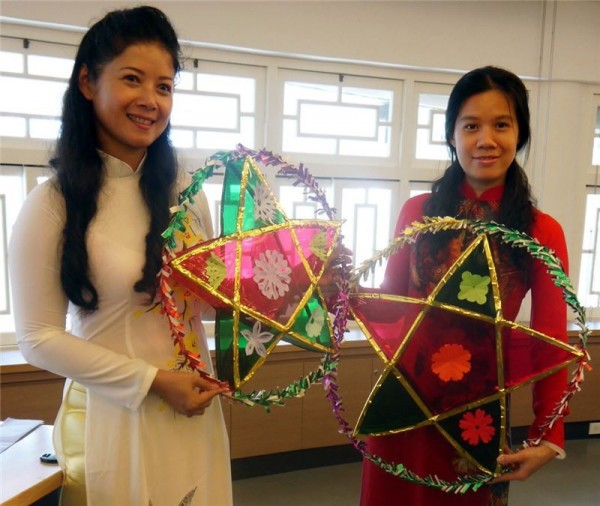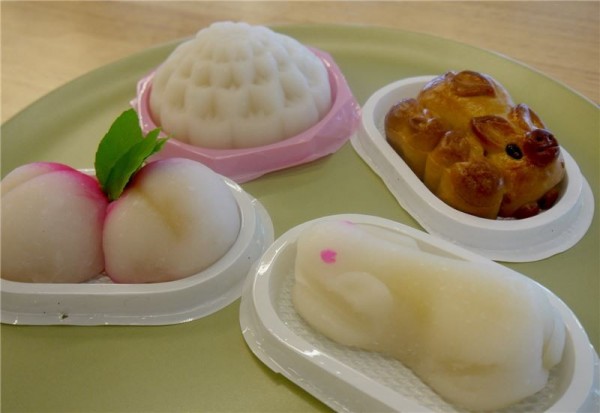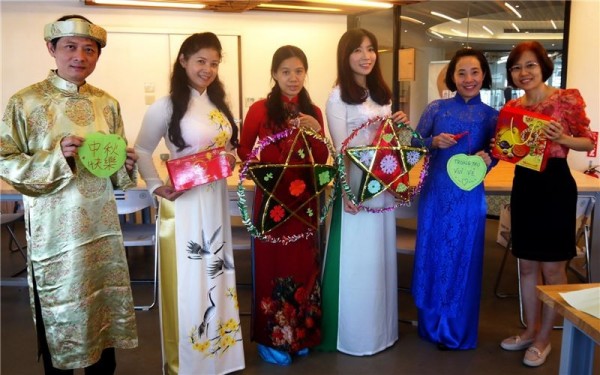- Date: Sept. 14, 2016
- Venue: NTCRI Taipei Branch
- Address: No. 41 Nanhai Road, Zhongzheng District, Taipei City, Taiwan (R.O.C.)
- Related Link: NTCRI Taipei Branch
The National Taiwan Craft Research and Development Institute's (NTCRI) Taipei Branch celebrated the Vietnamese Mid-Autumn Festival on Sept. 14 with Vietnamese immigrants and students in Taiwan.
The celebrations included making traditional lanterns and sampling Vietnamese mooncakes and coffee alongside Taiwanese mooncakes and tea. Participants therefore experienced different cultures through crafts and cuisine.
At the event, new immigrant Ruan Yuan-cen (阮云岑) shared several authentic Vietnamese lanterns and mooncakes she brought back from her hometown to share the differences and similarities between the Mid-Autumn celebrations of Taiwan and Vietnam.
In Vietnam, the Mid-Autumn Festival is also known as Children's Festival as parents will buy their children lanterns, snacks, and masks for the holiday. While Chinese legend tells of a mortal woman named Chang'e (嫦娥) who gained the elixir of immorality and drifted off to the moon, the Vietnamese Mid-Autumn legend is based on the folklore of Chu Cuoi, who flew to the moon via a magical banyan tree.

Each year during the Mid-Autumn Festival, Vietnamese people will eat mooncakes and make carp-shaped lanterns to show Cuoi the way back to Earth. Star-shaped lanterns, another popular motif, symbolize a bright future.

In collaboration with the National Immigration Agency, the event was aimed at forging closer partnerships between Taiwan and Southeast Asia, reflecting President Tsai Ing-wen's (蔡英文) new Southbound Policy of strengthening ties through cultural exchanges and sharing of resources.

In the near future, the NTCRI Taipei Branch hopes to showcase crafts from Southeast Asia, as well as artworks made by new immigrants to Taiwan, to offer insights into their traditional techniques and contemporary concepts.